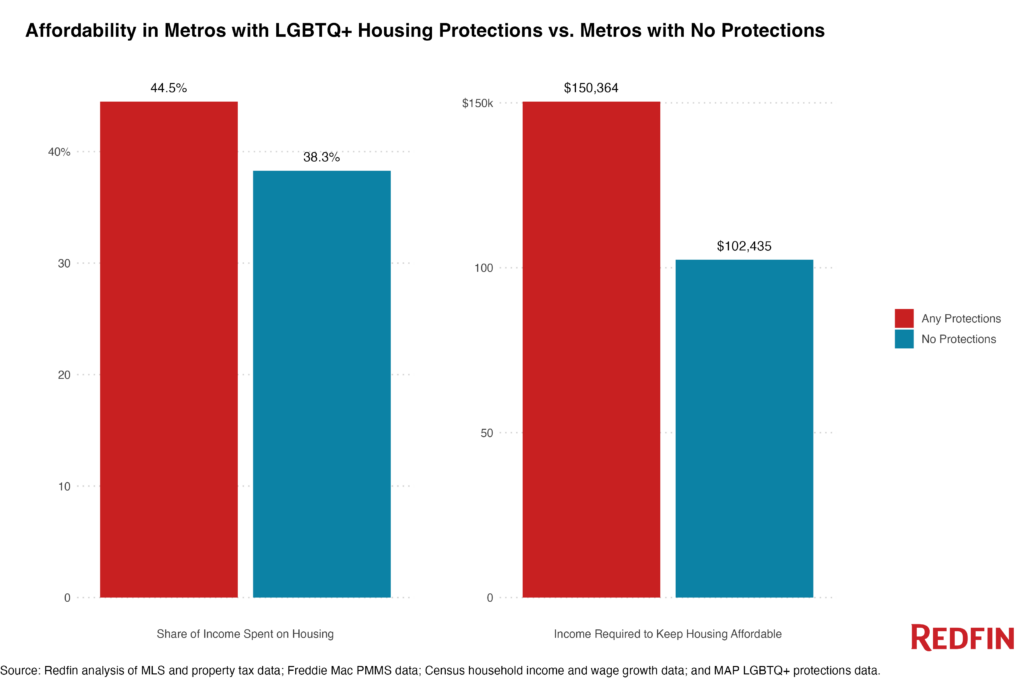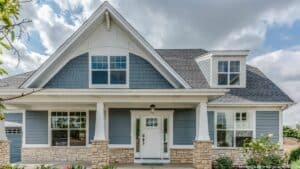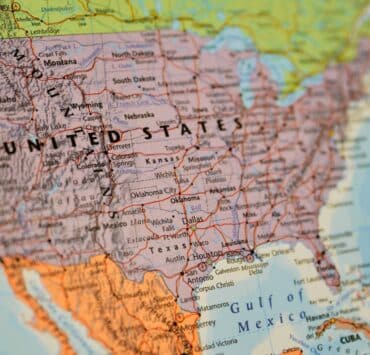Finding a home in LGBTQIA+ friendly areas can be challenging due to rising housing costs. These communities offer a welcoming environment but require significant financial resources. This article explores why at least $150k is needed to afford a home in these inclusive areas.

The Appeal of LGBTQIA+ Friendly Areas
LGBTQIA+ friendly areas provide a safe, welcoming environment. These neighborhoods often have vibrant social scenes and supportive networks. The demand for housing in these areas has driven up prices.
Housing Costs in LGBTQIA+ Friendly Areas
LGBTQIA+ friendly areas often have higher living costs. The inclusive culture and amenities attract many, pushing prices upward. On average, a home in these neighborhoods requires a minimum of $150k.

Key Factors Driving Housing Prices
Several factors contribute to high housing costs in LGBTQIA+ friendly areas:
- Demand: High demand for homes in welcoming areas increases prices.
- Amenities: These neighborhoods offer unique amenities and a vibrant social scene.
- Safety: Safety and inclusivity attract many buyers, driving up demand and prices.
Barriers to Homeownership
According to Redfin Senior Economist Elijah de la Campa, “LGBTQ+ Americans face disproportionately large barriers to homeownership.” Many LGBTQ+ individuals earn less than the typical U.S. worker and face discrimination despite laws prohibiting it. Additionally, they often pay a premium to live in safe, inclusive areas.
Cities with Largest LGBTQ+ Populations and Least Affordable Homes
In the metros where LGBTQ+ people make up the largest share of the adult population, less than 10% of home listings are affordable for someone earning the median local household income:
San Francisco, CA
-
LGBTQ+ Population: 6.7%
-
Affordable Listings: 5.1%
Portland, OR
-
LGBTQ+ Population: 6%
-
Affordable Listings: 6.7%
Austin, TX
-
LGBTQ+ Population: 5.9%
-
Affordable Listings: 2.9%
Seattle, WA
-
LGBTQ+ Population: 5.2%
-
Affordable Listings: 4.8%
Los Angeles, CA
-
LGBTQ+ Population: 5.1%
-
Affordable Listings: 1.9%
In all five aforementioned metros, someone making the median local income in 2023 would’ve had to spend more than 45% of their earnings on monthly housing costs to buy the median-priced home. All five metros also had a median home sale price above the national level of $410,252.

Cities with Lower LGBTQ+ Populations and More Affordable Homes
A much larger share of listings are affordable in metros with lower shares of LGBTQ+ adults:
Pittsburgh, PA
-
LGBTQ+ Population: 3.3%
-
Affordable Listings: 57.4%
Raleigh, NC
-
LGBTQ+ Population: 3.3%
-
Affordable Listings: 17.8%
Omaha, NE
-
LGBTQ+ Population: 3.4%
-
Affordable Listings: 30%
Milwaukee, WI
-
LGBTQ+ Population: 3.5%
-
Affordable Listings: 38.9%
Houston, TX
-
LGBTQ+ Population: 3.5%
-
Affordable Listings: 16.7%
Most Affordable Places with LGBTQ+ Protections
Of the 30 metros analyzed in states with protections for LGBTQ+ people, the most affordable are in the Northeast and Midwest:
Rochester, NY
-
Affordable Listings: 55.5%
Detroit, MI
-
Affordable Listings: 55.3%
Buffalo, NY
-
Affordable Listings: 50.3%
Baltimore, MD
-
Affordable Listings: 48%
Albany, NY
-
Affordable Listings: 41.1%
In all five of those metros, the median home sale price was below the national level of $410,252, and the typical buyer would’ve had to spend roughly 30% of their income on monthly housing payments.

LGBTQIA+ friendly areas offer a supportive and vibrant community but come with high housing costs. To afford a home in these inclusive neighborhoods, a budget of at least $150k is necessary. Understanding these financial requirements helps prospective buyers plan better and find suitable homes.








